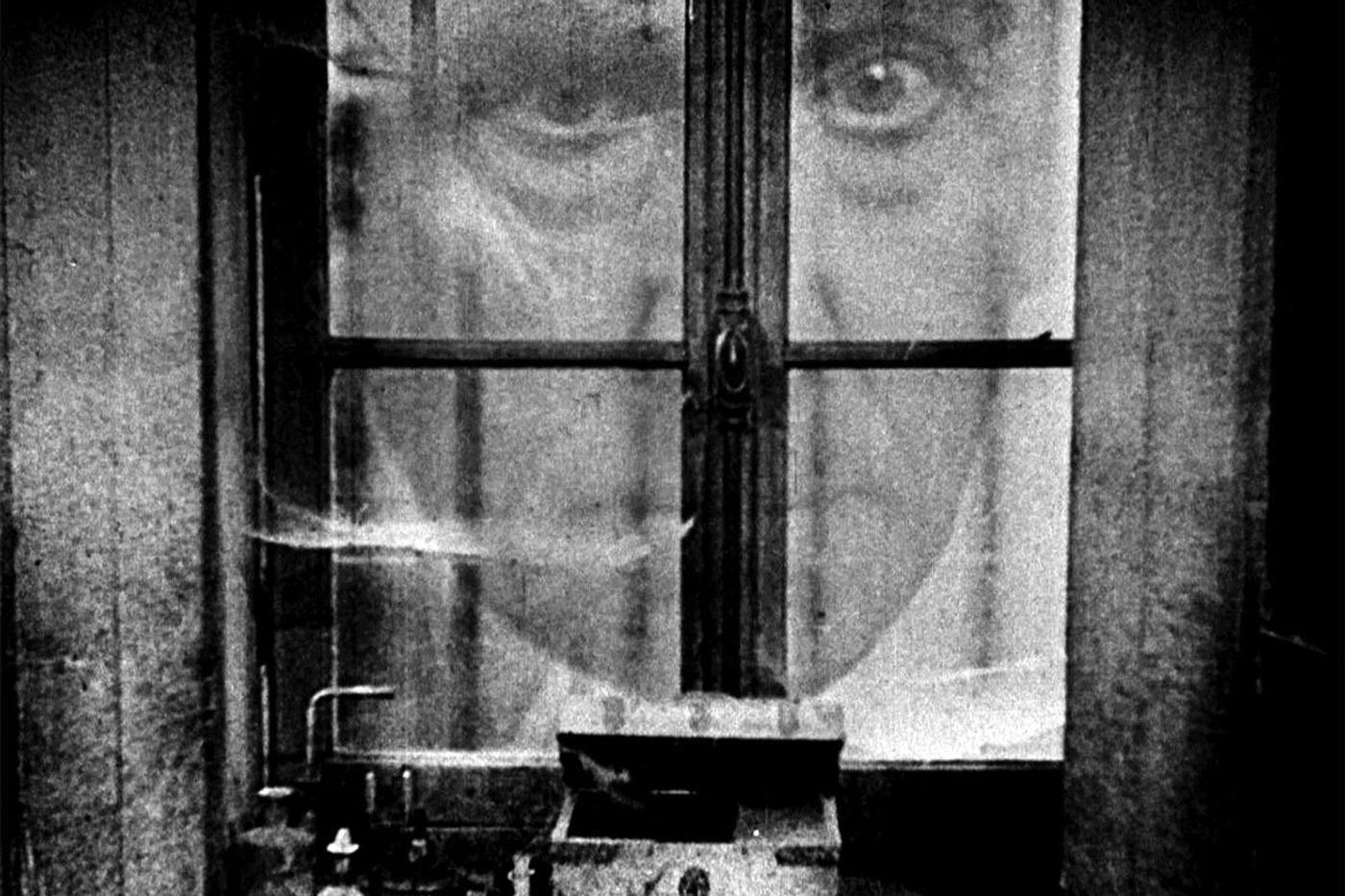Review: VAMPYR at the Ace Hotel Theatre

VAMPYR
Carl Theodore Dreyer's 1932 film, VAMPYR, received sparse critical approval when it first appeared, but since then it's slow pace and dream-like quality have come to be fully appreciated by artists such as Alfred Hitchcock and Guillermo Del Toro, as well as by movie buffs who view it as an atmospheric work of art. Los Angeles Opera offered it this year as a Halloween presentation. I saw it at the Ace Hotel's theater downtown on Broadway on October 27, 2018. Celebrating the season, numerous patrons were decked out in costume and there was a party after the showing.
Dreyer and Christian Jul wrote VAMPYR, basing it on aspects of Sheridan Le Fanu's 1872 publication, IN A GLASS DARKLY, a collection of five short stories of mystery and the supernatural. Subtitled THE DREAM OF Alan Grey, the movie tells of a young man's strange experiences in the North-Central French village of Courtempierre. They may have been real or just dreams, we cannot be sure. The film's financier, Baron Nicolas de Gunzburg, played the title role using the stage name Julian West. Neither he nor most of the cast were professional actors, but they were totally affecting because of their sincerity and absorption in the mystique of the work.
British composer Joby Talbot, who wrote the new music that accompanied VAMPYR, has written numerous ballets, movie scores and instrumental pieces. Among the best known are THE WINTER'S TALE, which he wrote for the Royal Ballet and the National Ballet of Canada, and INFINITY written for the Philharmonia Orchestra's interactive digital installation, UNIVERSE OF SOUND.
Creating a new score to fit an old film is intensive work. Talbot first desired to preserve as much of the original dialogue on the sound track as possible, and a great deal of it was in very poor condition. All of the material he wanted to maintain had to be retrieved and reworked into modern day sound so that his new music could be added and integrated with what was on the screen.
Talbot's music follows the story, intensifying its dreamlike state and its emotional effect on the viewer. When the sun goes down, the lower tones of Talbot's sound palette create foreboding. Alan meets a lovely young girl whom he wants to rescue and the music spreads muted sunshine, but it is 21st century sunshine with strings, horn, clarinet and a great deal of ingenious percussion from Teresa Dimond, John Wakefield, and Scott Higgins. Conducted by the incredibly talented Matthew Aucoin, Talbot's soundscape was harmonically fascinating and rhythmically memorable. Domingo-Colburn-Stein Young Artist Program member Taylor Raven sang the few vocal lines with creamy tones that were electronically augmented. I think Talbot's score could be a performable concert piece for a chamber ensemble. It's just plain good music.
These days, I expect this film to be welcomed wherever horror films are played, not just at Halloween, because it takes an interesting view of its genre. It does not scare the viewer so much as it convinces him or her that not everything we see has a matter-of-fact answer. We know that evil exists but we may not realize how much influence it has on everyday people and their commonplace jobs. This is the second time that Los Angeles Opera has commissioned a composer to write a new movie score and I hope they will continue to present new scores for either old or new films in the near future.
Reader Reviews
Videos

